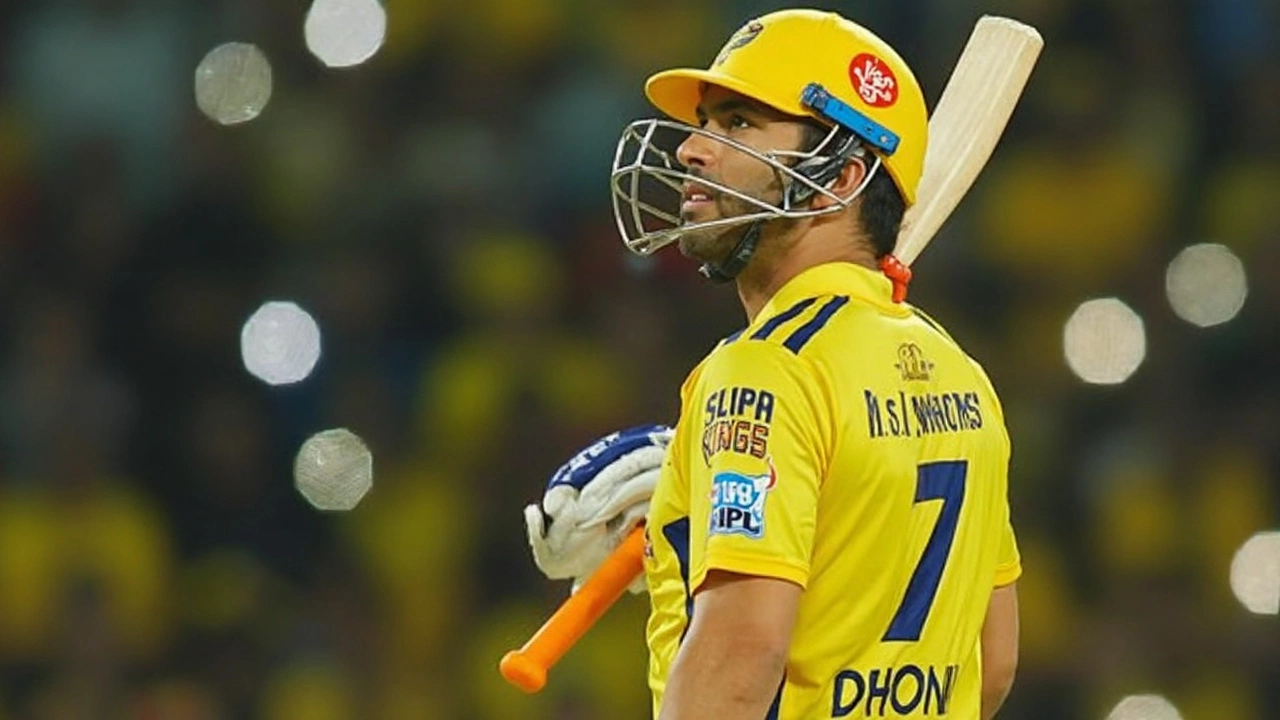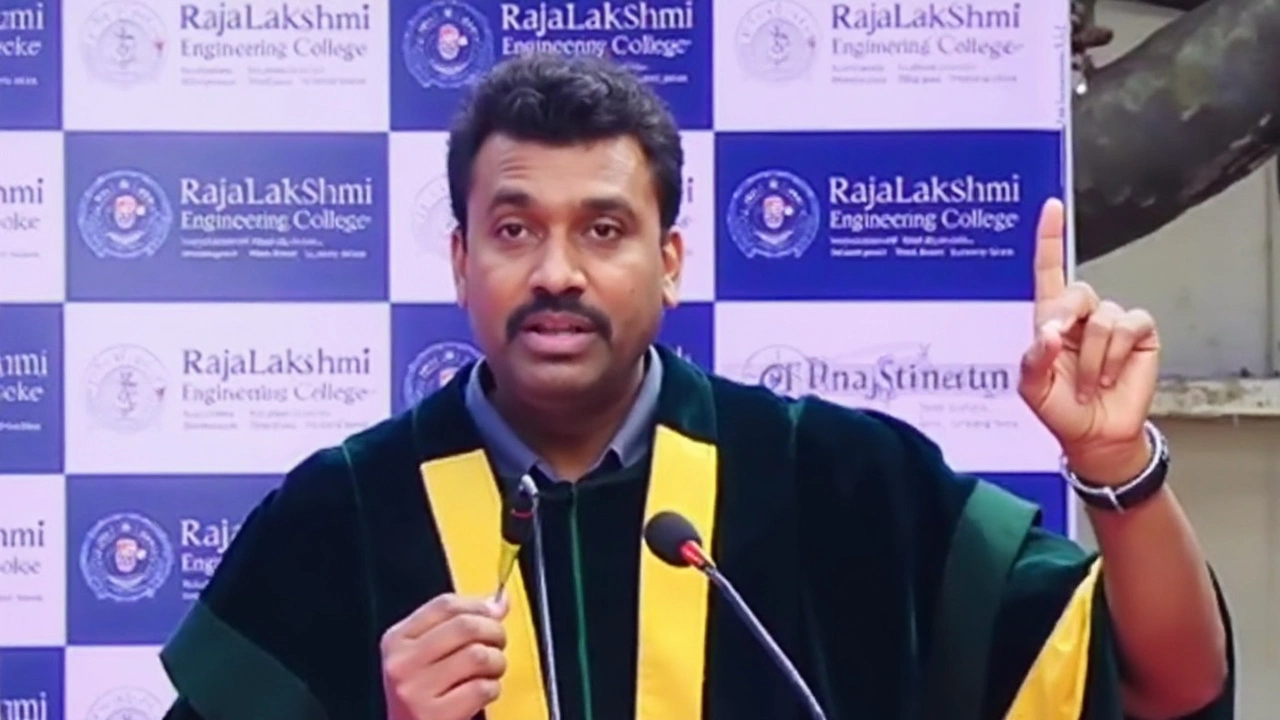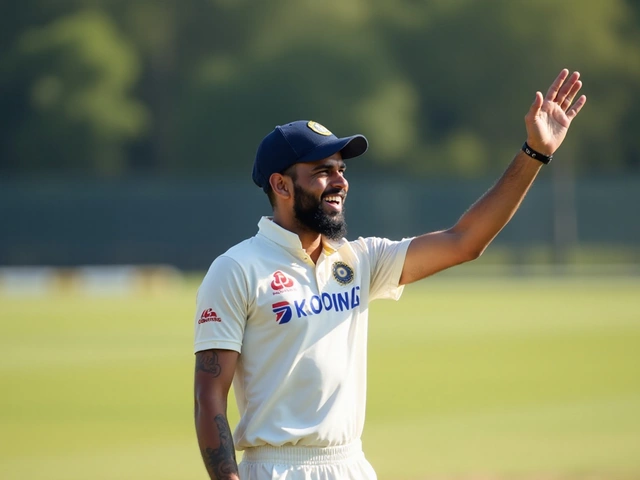Ravichandran Ashwin’s Bold Comment Lights Up the Hindi Debate
When Ravichandran Ashwin walked on stage at a private engineering college in Tamil Nadu, nobody expected a storm to follow. The cricketer, fresh off announcing his international retirement, was addressing a packed auditorium of young graduates. As part of his speech, Ashwin decided to make things interactive—he asked the students about their language preferences. Cheers broke out for English and thundered for Tamil, but when he mentioned Hindi, the crowd fell abruptly silent. Sensing the tension, Ashwin took a surprising turn: he told students, 'Hindi is not our national language; it is an official language.' That one line was enough to split social media, rally political parties, and revive old wounds in India’s long-running language debate.
This was not just another throwaway comment from a sports celebrity. In Tamil Nadu, language isn’t just about daily communication—it’s identity, politics, and pride all rolled into one. The state has a complicated history with Hindi imposition stretching back to the 1960s, when students and political leaders rose up in massive protests against the push to make Hindi India’s sole national language. Many people in Tamil Nadu have grown up hearing from parents and teachers about those times. So when Ashwin—a homegrown hero—reminded a crowd that Hindi isn’t above other languages, he touched a raw nerve.

The Political Firestorm and Public Reaction
Within hours, Ashwin’s words became headline news and a hashtag battleground. Supporters of the Bharatiya Janata Party criticized him, accusing him of poking holes in national unity and stirring a hornet’s nest. Some claimed that a national figure representing India internationally should shy away from such divisive talk. On the flip side, politicians from the DMK—longtime defenders of Tamil pride—praised Ashwin for sticking to the facts and respecting the sentiments of the region. They argued that recognizing India's linguistic diversity is not anti-national, but a sign of maturity in a plural country.
Social media was no less intense. Some users called Ashwin courageous for voicing what many in South India feel but hesitate to say publicly. Others accused him of unnecessary provocation. The hashtag war was a reminder: language remains a frontline issue for everyday people—not just politicians or media pundits. For many in the South, especially in Tamil Nadu, Hindi is viewed as just one of many Indian languages, not the language that defines the nation. The Indian Constitution actually lists 22 official languages, but no one language is named the 'national language,' despite what many assume in the Hindi belt.
This isn’t the first or the last time language will be a flashpoint in Indian society. But Ashwin’s comments are striking because they came from a figure not known for political outspokenness. It was a simple, direct answer, but in the world of Indian language politics, few things are ever simple. His intervention has forced a new generation to think about where they stand in the old but still-burning debate over which language, if any, can claim the heart of India.
For now, the controversy shows no signs of dying down. Each side is digging in—one defending the pride and constitutional status of Hindi, the other asserting the dignity and value of mother tongues like Tamil. As Ashwin’s moment shows, these arguments aren’t abstract—they’re personal, emotional, and woven deep into the country’s cultural DNA. And with every new public figure who weighs in, the question of what it really means to speak for India gets a little bit sharper.



